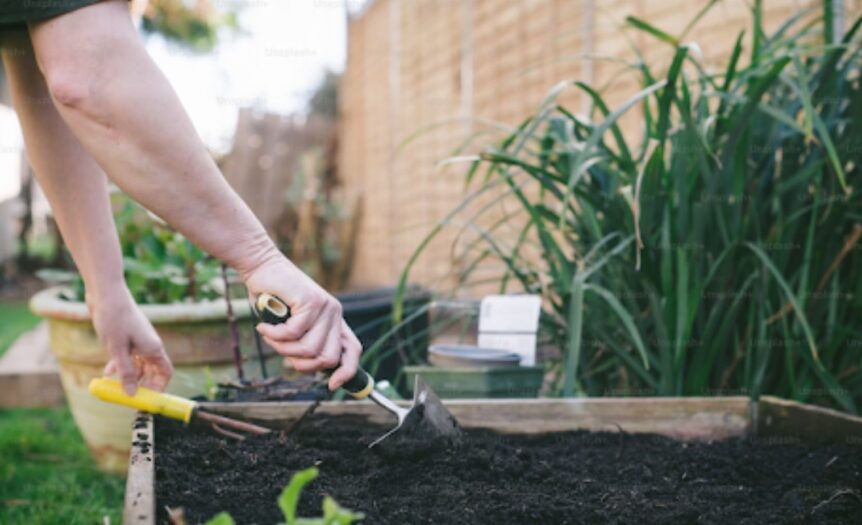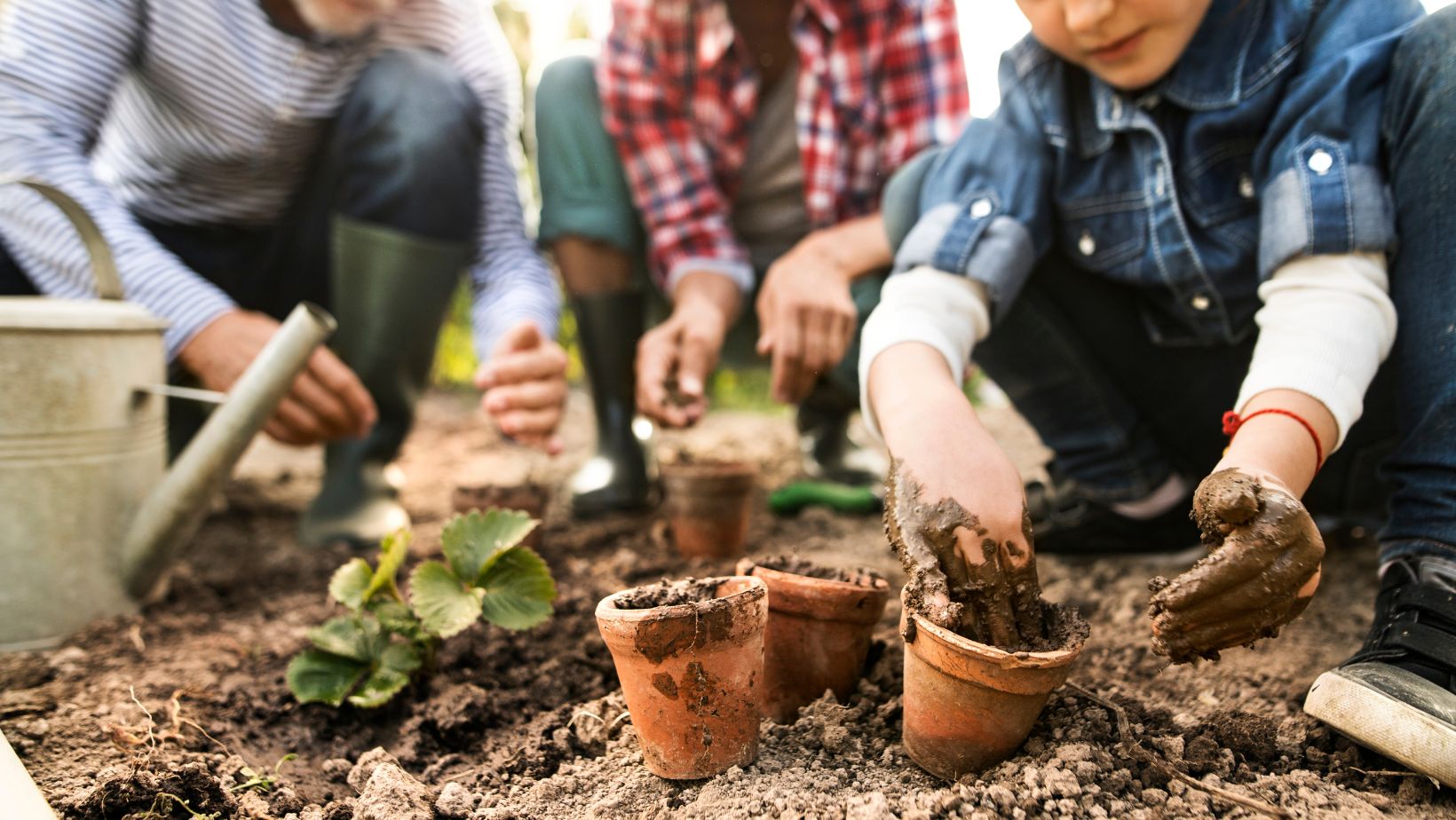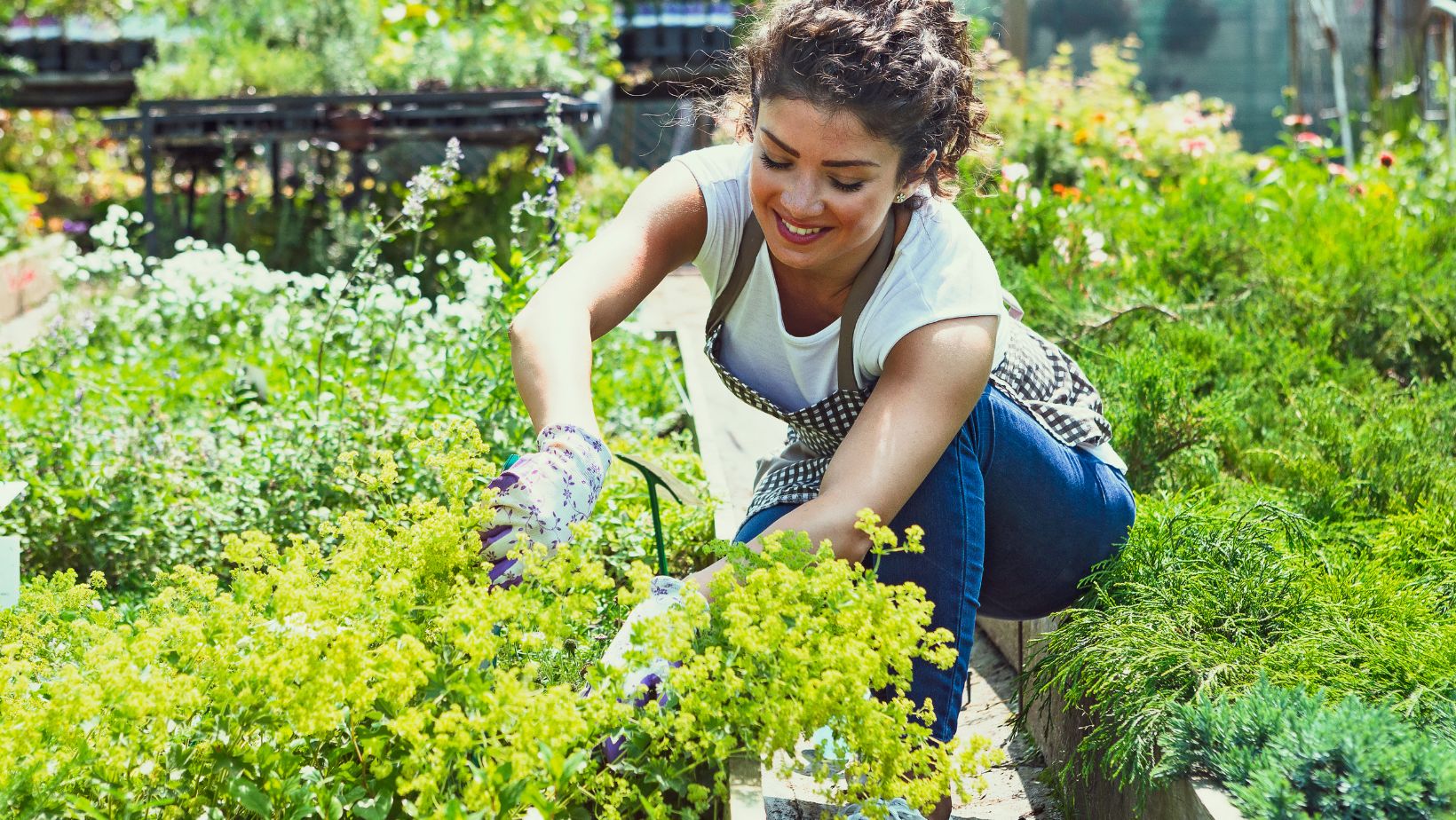The Growing Trend Among Elite Athletes
Professional athletes increasingly incorporate gardening into their recovery routines, marking a significant shift in approaches to physical and mental wellness. Tennis champion Novak Djokovic represents a notable example of this movement, having spoken about his gardening practices between tournaments. Sports Analytics, in this case, if studied thoroughly and combined with information about athletes’ routine and recovery practices, will provide valuable insights into what methods have been effective for improving athletic performance on a long term. Through detailed analysis, it will be evident that gardening is definitely something many coaches and sports organizations have to try out in order to enhance athletes’ well-being.
Performance Recovery Through Natural Engagement
Sports medicine specialists suggest that gardening activities may complement traditional recovery protocols. The varied movements involved in garden maintenance potentially engage different muscle groups than primary training activities, though comprehensive studies on athletic performance impact remain limited.
Current research indicates several potential benefits:
The development of fine motor skills through precise gardening tasks may support athletic performance, particularly in sports requiring detailed hand-eye coordination. However, the direct correlation between gardening activities and sports performance requires further investigation.
Mental Conditioning and Stress Management
Sports psychologists increasingly recognize gardening’s potential role in mental preparation and recovery. The measured pace and natural setting appear to provide valuable contrast to high-intensity competitive environments. Athletes report varying experiences with garden-based relaxation techniques, suggesting individual responses may differ significantly.
Professional teams have begun exploring the integration of therapeutic horticulture into their facilities, though implementation approaches vary considerably. The relationship between structured gardening programs and athlete well-being continues to undergo evaluation.
Strategic Integration with Training Protocols
Performance directors and medical staff approach gardening integration differently across various sports. Some programs incorporate specific horticultural activities into recovery schedules, while others maintain more flexible arrangements. The optimization of these programs remains an active area of development.
Facility Development and Implementation
Professional sports organizations increasingly consider garden spaces in facility design. Modern training complexes sometimes include dedicated horticultural areas, though specific configurations vary based on climate and space availability. The investment in these facilities suggests growing recognition of their potential value, despite limited long-term data on impact.
Scientific Perspectives and Ongoing Research
Exercise physiologists continue investigating the relationship between gardening activities and athletic recovery. While preliminary studies suggest potential benefits, comprehensive research examining specific impacts on elite performance remains in development.
Current areas of investigation include the role of natural movement patterns in recovery optimization, impact on joint mobility and flexibility maintenance as well as potential stress-reduction mechanisms during competitive seasons.
Environmental Engagement and Sustainability
Athletes engaging in gardening often report increased awareness of environmental factors affecting performance. This heightened ecological consciousness potentially influences broader lifestyle choices, though direct correlations require further study.
Professional teams increasingly consider sustainability factors in facility planning:
- Integration of garden spaces with existing training infrastructure
- Development of environmentally conscious maintenance protocols
- Consideration of local climate and ecological conditions
Future Development and Industry Impact
The intersection of professional athletics and therapeutic horticulture continues evolving. Industry observers suggest potential expansion of garden-based recovery programs, though specific directions remain speculative. The long-term impact on athlete development and career longevity requires ongoing evaluation.
Performance Metrics and Evaluation
Measuring the impact of gardening activities on athletic performance presents unique challenges. While some athletes report subjective benefits, developing objective assessment criteria remains an active area of research:
Recovery rate indicators require careful interpretation Mental wellness metrics continue evolving Long-term impact assessment needs further development
Integration with Modern Training Methods
Contemporary athletic development increasingly recognizes the value of diverse recovery approaches. Gardening activities represent one element in expanding recovery protocols, though optimal integration methods remain under investigation.
The relationship between traditional training methods and horticultural therapy continues developing:
Complementary movement patterns may support overall conditioning Natural environments potentially enhance recovery quality Individual response variations require careful consideration
Understanding the role of gardening in athletic performance requires consideration of multiple factors affecting both physical and mental recovery. While current trends suggest growing acceptance of horticultural therapy in sports, specific approaches likely remain highly individualized based on athlete preferences and sport requirements.
The integration of gardening activities with elite athletic performance represents an evolving approach to holistic athlete development. Ongoing research may reveal clearer patterns in the effectiveness of various implementation strategies and their impact on competitive performance.




